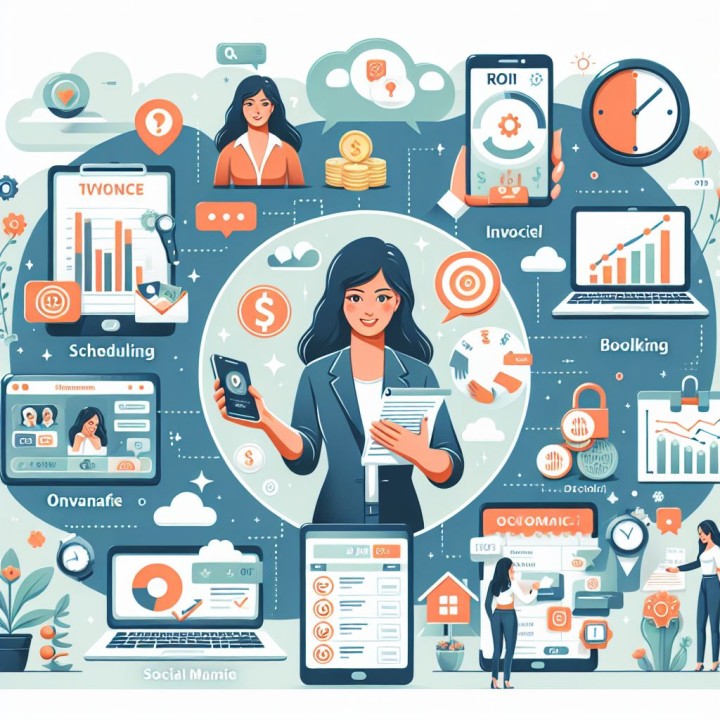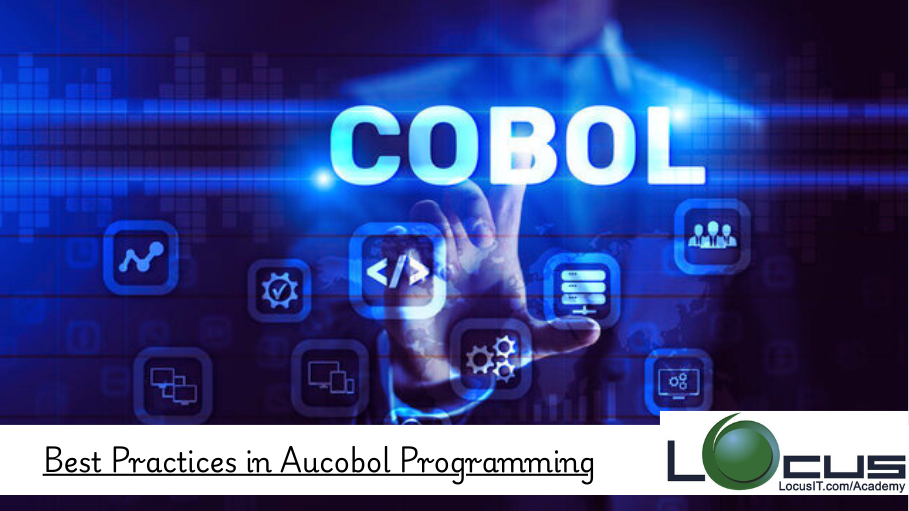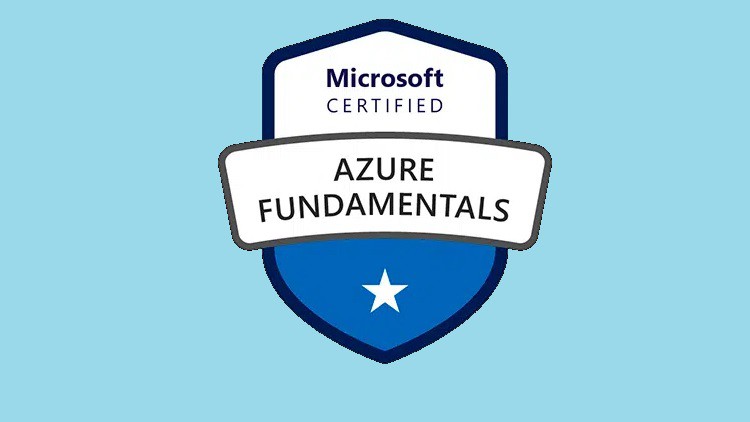1. Introduction to Business Applications
1.1 Overview of business applications in modern organizations
1.2 Key types of business software (ERP, CRM, SCM, etc.)
1.3 Benefits of using business applications for efficiency
2. Enterprise Resource Planning (ERP) Systems
2.1 What is ERP and how it works
2.2 Key components of ERP systems (Finance, HR, Supply Chain, etc.)
2.3 Case study: How ERP improves efficiency in organizations
3. Customer Relationship Management (CRM) Systems
3.1 Understanding CRM and its importance in customer management
3.2 Core functionalities of CRM software (lead management, sales, customer service)
3.3 Real-world examples of CRM boosting customer satisfaction
4. Business Intelligence (BI) Tools
4.1 Introduction to Business Intelligence and data-driven decision making
4.2 Overview of popular BI software (e.g., Power BI, Tableau)
4.3 Using BI for reporting, forecasting, and improving efficiency
5. Specialized Software for Various Business Functions
5.1 Software for Supply Chain Management (SCM)
5.2 Tools for Project Management (e.g., Trello, Asana)
5.3 Applications for Human Resource Management (HRM)
5.4 Software for Financial Management
6. Cloud-Based Business Applications
6.1 Advantages of cloud computing in business operations
6.2 Key cloud platforms and services (e.g., Salesforce, Microsoft Dynamics, NetSuite)
6.3 Securing data and maintaining compliance with cloud-based apps
7. Implementing Business Applications
7.1 Steps to successfully implement business software
7.2 Best practices for change management
7.3 Key considerations for choosing the right software for your business
8. Future Trends
8.1 The role of AI and Machine Learning (Ref: ERP Systems Fundamentals: Streamlining Business Processes)
8.2 Automation and robotic process automation (RPA) in business software
8.3 Predictive analytics and advanced decision-making tools
9. Case Studies and Industry Examples
9.1 Analysis of organizations that have successfully leveraged business applications
9.2 Exploring the measurable impacts of software on business efficiency
10. Hands-On Lab and Final Project
10.1 Hands-on activities for exploring CRM and ERP platforms
10.2 Final project: Identifying and recommending software solutions for a specific business challenge
Conclusion
This course is indispensable in today’s fast-paced environment, offering tools to optimize various aspects of operations. By understanding and effectively implementing these applications, organizations can enhance efficiency, foster innovation, and gain a competitive edge. Staying informed about emerging trends ensures that businesses continue to reap maximum benefits from their software investments, driving success in a dynamic market landscape.







Reviews
There are no reviews yet.